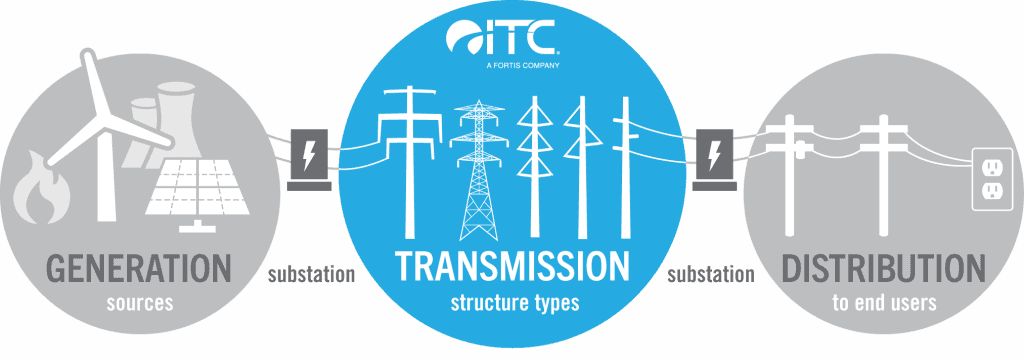NEW YORK – Scientists have set out a way to suck planet-heating carbon pollution from the air, turn it into sodium bicarbonate and store it in oceans, according to a new paper.
The technique could be up to three times more efficient than current carbon capture technology, say the authors of the study, published Wednesday in the journal Science Advances.
Tackling the climate crisis means drastically reducing the burning of fossil fuels, which releases planet-heating pollution. But because humans have already pumped so much of this pollution into the atmosphere and are unlikely to sufficiently reduce emissions in the near term, scientists say we also need to remove it from the air. Technologies like air capture offer promising solutions by extracting carbon dioxide directly from the atmosphere.
Tackling the climate crisis means drastically reducing the burning of fossil fuels, which releases planet-heating pollution. But because humans have already pumped so much of this pollution into the atmosphere and are unlikely to sufficiently reduce emissions in the near term, scientists say we also need to remove it from the air.
Nature does this – forests and oceans, for example, are valuable carbon sinks – but not quickly enough to keep pace with the amounts humans are producing. So we have turned to technology.
One method is to capture carbon pollution directly at the source, for example from steel or cement plants.
But another way, which this study focuses on, is “direct air capture.” This involves sucking carbon pollution directly out of the atmosphere and then storing it, often by injecting it into the ground.
The problem with direct air capture is that while carbon dioxide may be a very potent planet-heating gas, its concentrations are very small – it makes up about 0.04% of air. This means removing it directly from the air is challenging and expensive.
It’s a “significant hurdle,” Arup SenGupta, a professor at Lehigh University and a study author, told CNN.
To read more, click on CNN






